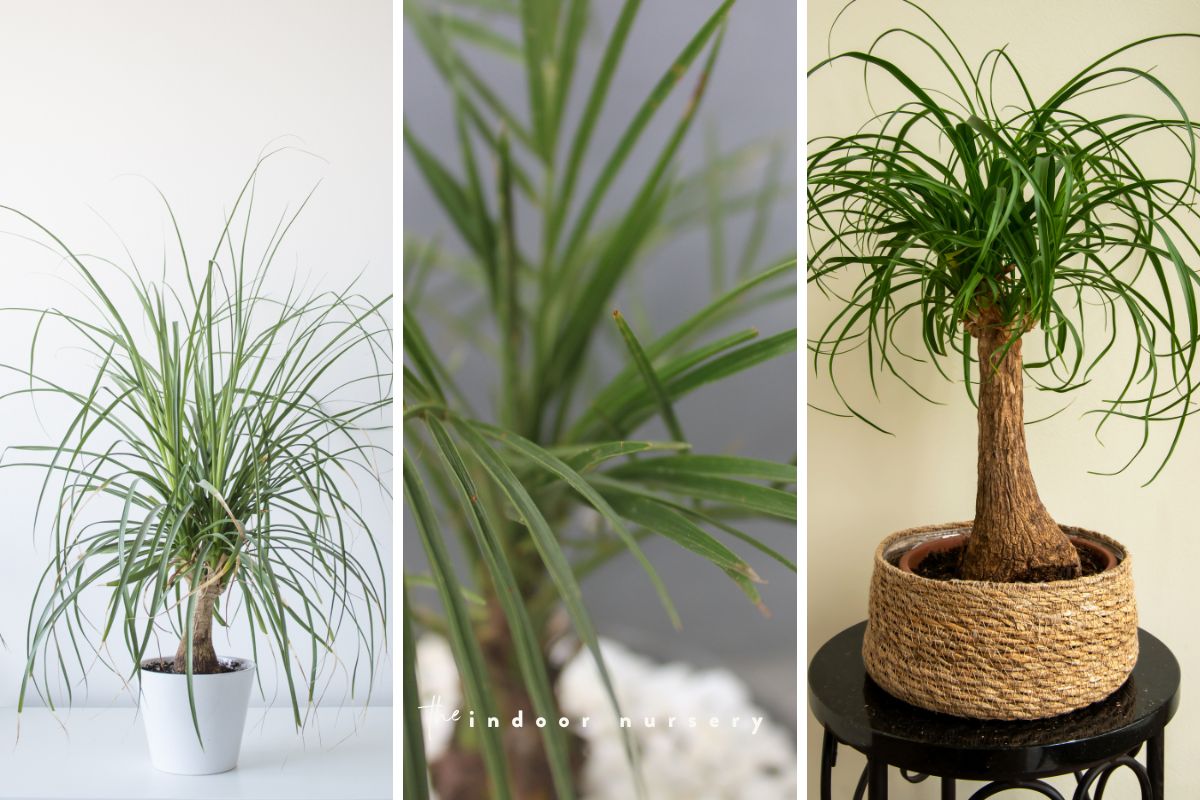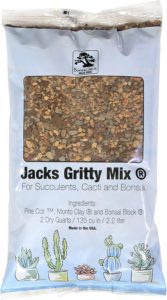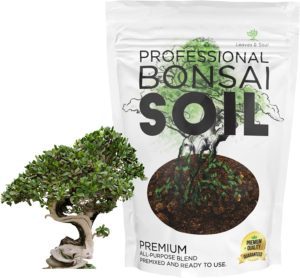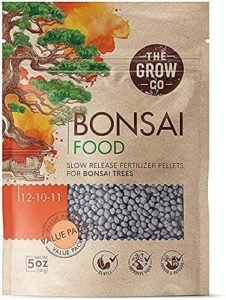This drought tolerant bonsai tree is a popular bonsai species for newbies looking to get started in bonsai care…
…or maybe you’re like me and just want something super low maintenance.
Whatever the case may be, bonsai palm tree care takes the cake when it comes to low maintenance and easy care plants.
In this breakdown of detailed care instructions, I’ll be looking at sago palm bonsai trees and ponytail palm bonsai trees.
Two Types of Bonsai “Palm” Trees
There are really two types of “palm” bonsai trees:
- Ponytail Palm Bonsai. Ponytail palms are a type of bonsai that is known for their thick, bulbous trunks and wispy, cascading foliage. These palms are native to Mexico and Central America, and they are a popular choice for bonsai enthusiasts because of their unique appearance. Ponytail palm bonsai trees are relatively easy to care for, and they make a beautiful addition to any home or office.
- Sago Palm Bonsai. The Sago Palm bonsai tree is not exactly a palm, although it may look like one. This species grows and thrives in the southern islands of Japan, and it is famous for its sturdy midrib, glossy dark green-colored leaves and leaflets that tend to curl along their edges. Most people assume it is a palm tree because of its shaggy and thick trunk, which give it an exotic and stunning appeal.
We will refer to both palm trees here, though the sago palm isn’t technically a palm tree.
How to Care for Your Bonsai Palm Tree
Palm trees are generally the easiest bonsai plants to care for because they are drought resistant and do well in many types of climates. That being said, both sago palms and ponytail palms will do best in dry and warm climates.
Whether you wish to grow this plant indoors or outdoors, you will not have any problem at all in caring for this lovely tree species.
Lighting and temperature placement guidelines
This bonsai palm tree prefers sunlight, so it is ideal to place it in a space with either bright interior light or in a sunny garden with light shade as protection from strong winds. If you want to keep your plant indoors, make sure it receives at least three hours of direct sunlight each day.
What’s great about the bonsai palm is its hardy quality, which makes it able to resist temperatures between 15 degrees to 110 degrees Fahrenheit. However, you should place your palm tree indoors just before the first frost, and put it back to its usual spot outdoors when the temperatures no longer go lower than 50 degrees.
Growth
The palm grows quite slowly, and it only adds another set of leaves every 1 to 3 years every growing season, depending on the growing conditions. Its new shiny dark green leaves grow all at the same time around the tree’s trunk, and you need to provide the tree with a good amount of light while new growths are still tender.
Watering requirements
Ideally, you’ll keep the soil moist without overwatering. Well drained soil and a pot with a drainage hole will allow water to drain through fresh soil without building up and causing root rot. If your bonsai plant is kept outdoors and is exposed to full sun for longer hours, then you should water it frequently to prevent the soil from drying out. Keep in mind that most bonsai plants die quickly because of over- or under-watering, so make sure you prevent this from happening.
You can apply simple techniques to determine when to water your plant. For instance, poke your finger gently into the bonsai soil to check whether it feels dry or moist. During warm months, make it a point to water your plant immediately when you notice the top 1/2 inch of the soil turns dry. However, you should prevent the soil from getting soggy, and watering may be done at least once a week. In winter, you may water the plant every 2 to 3 weeks since the temperatures are cooler.
Feeding the plant
Give your palm tree bonsai plant food or fertilizer as new growth appears to provide it with important nutrients that support its health. Since nutrients in the soil tend to be washed away during watering, you should consider applying a fertilizer to ensure your plant’s growth.
Palm trees may be fertilized about 3 to 4 times a year, and the best time to do so is when new growth appears during spring. You may also fertilize in the latter part of summer to condition your plant before winter. For this palm tree bonsai, you may either use a chemical fertilizer diluted to 1/2 strength or a liquid organic fertilizer. It is important to water the tree before applying fertilizer, and never feed a weak or newly-repotted plant to prevent stress.
learn more about bonsai plants
- How to keep bonsai leaves small
- How long do bonsai trees live? Longer than you.
- How to care for your Japanese black pine bonsai
- How to grow aqua bonsai (water bonsai)
- How to care for a Red Maple bonsai tree
- Pomegranate bonsai tree care guide for beginners
- 15 bonsai styles and shapes that will inspire you
- Bonsai palm tree care: How to care for palm tree bonsais




